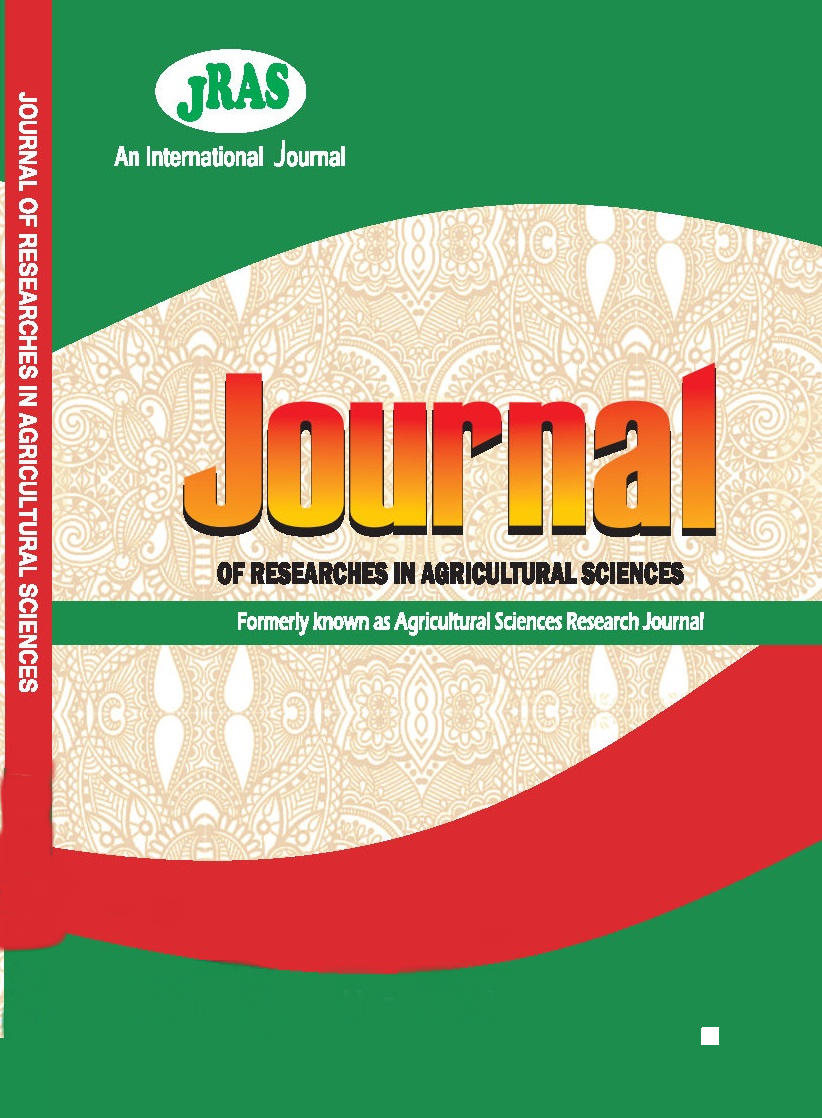Impact of religious tourism on Loburo Forest (Redemption Camp), Ogun State, Nigeria
الكلمات المفتاحية:
vegetation, land-use type, monodominant, healthy environment.الملخص
Vegetation plays essential roles in life support systems and its mapping presents valuable information of the understanding of natural and man-made environments. The impact of religious tourism on Loburo Forest in Ogun State, Southwestern Nigeria which currently host Redemption Camp, a foremost religious sites. Five land-use patterns Raphia dominated forest, Plantation area, Secondary forest, Fallow land and developmental area were described and mapped within three 25m x 25m plots for tree enumeration. The result shows very low species composition of plants in each of the forest type. The floristic forms appear monodominant: with raphia formation of 28 stands out of 51 plant stands sampled from three plots; plantation had 15 stands of Cola accuminata in 41 stands sampled; Raphia hookeri and R. vinivera were dominant in secondary forest; Cola hispida, Ficus exasparata and Albizia spp were dominant in fallow forest while Tremia orientalis was dominant in the developmental area. Apart from Raphia and
Cola sp, all the plant species were early successional types while Alchornea cordifolia, a shrubby and scrambling tree dominated the undergrowth in all the land-use/vegetation types. The Shannon Wenner index of diversity shows that the secondary forest was most diverse (2.50) followed by plantation (2.15). The index of dominance was highest for fallow land. Nevertheless the site can still be salvaged if sizeable portion can be set aside for regeneration and conservation of the remnant species in order to promote healthy environment for inspiration of the religious adherents, support learning and research of the educational institutions springing up in the area.

